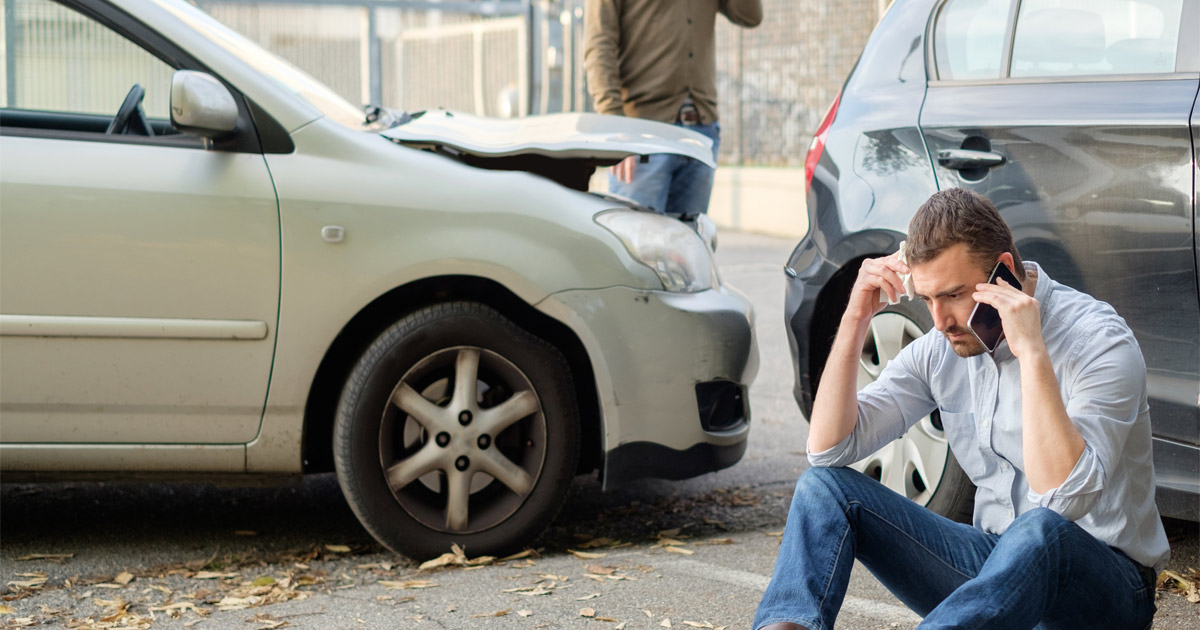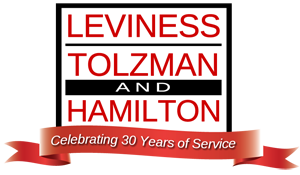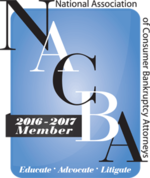How is Liability Determined in Left-Hand Turn Accidents?
September 14, 2020
Left-hand turn accidents are among the most serious traffic accidents, particularly if the motorist who hits the car that is turning is driving at a high speed. In fact, according to a study by the National Highway Traffic Safety Administration (NHTSA), left-hand turns are responsible for 25 percent of all intersection crashes in the United States. Most of these accidents can be prevented if motorists obey the rules of the road, follow the posted speed limit, and make safety a priority whenever they are behind the wheel. If a driver has been seriously injured in a left-hand turn accident and they believe the other driver was negligent, they are urged to contact a skilled car accident lawyer who can protect their legal rights and recommend the best legal course of action.
What Makes Left-Hand Turns So Dangerous?
There are several factors that make left-hand turn accidents dangerous. First, the motorist who is making a left-hand turn is turning in front of oncoming traffic, which can be dangerous if the driver who is making a left-hand turn misjudges how fast the oncoming traffic is traveling. Drivers may also try to beat a red light or make a quick left-hand turn before an approaching vehicle, so they speed up when turning. Speeding can cause a car accident to be more serious. In addition, left-hand turn accidents can result in side-impact accidents that can cause devastating injuries. The following are additional examples of reasons why left-hand turns can be dangerous:
- They require more mental effort from drivers compared to right-hand turns.
- Drivers can become confused about which lane they should be in when turning.
- Other cars can come from different directions at an intersection.
- Trucks, buses, or other large vehicles can obstruct a motorist’s view.
- Drivers will often have to cross over multiple lanes of oncoming traffic.
Most Dangerous Intersections in Baltimore
Any busy intersection is going to have cars making left-hand turns, but the following are examples of intersections in Baltimore that are known to be particularly dangerous:
- Reisterstown Road and Gwynns Falls Parkway
- Jones Falls Expressway and Northern Parkway
- West Cold Spring Lane and Jones Falls Expressway
What Rules Do I Need to Follow When Making a Left-Hand Turn?
When making a left-hand turn at a busy intersection, motorists have a responsibility to obey traffic laws and follow the speed limit. The following are additional rules that all motorists must obey when making a left-hand turn:
- Drivers must get into the lane that is as far left as possible. If a left lane is available, drivers may not turn left from the middle lane.
- When turning left at an intersection, drivers must yield to the drivers who are approaching from the other direction. If a driver fails to yield, resulting in a car accident, he or she will likely be held liable. Motorists must also yield to other cars coming out of a driveway, an alley, or a private road.
- Motorists must use their turn signal when turning. If driving less than 35 mph, drivers must use their turn signal and keep it on for a minimum of 100 feet before the turn. If driving faster than 35 mph, the turn signal must be used at least 300 feet before the turn.
- Drivers must make sure that there is no traffic in the intersection before starting to turn.
- A driver making a left-hand turn must ensure that his or her actions do not pose a danger to other motorists, cyclists, or pedestrians.
There are certain exceptions where the driver making the left-hand turn may not be held responsible for the accident, including the following:
- The driver making the turn did not see an approaching motorist due to poor road design or bad weather.
- The oncoming vehicle is speeding.
- The oncoming driver ran a red light.
- The motorist making a left-hand turn had a green arrow, which remained green for the entire turn.
- When the driver started making the left-hand turn, the conditions were safe, but something caused the driver to slow down or stop unexpectedly mid-turn.
Importance of Signaling When Turning
All drivers are required to use their turn signal when changing lanes or making a turn. However, according to the Society of Automotive Engineers (SAE), close to half of all drivers either failed to use their signal before changing lanes or did not turn the signal off after they changed lanes. In addition, approximately 25 percent of drivers did not use their signal when making a turn. These numbers are even higher for drivers between the ages of 18 and 24. When asked why they did not use their turn signals, drivers said they were simply too lazy or did not have the time.
Data from the National Highway Traffic Safety Administration (NHTSA) found that improper signaling is responsible for roughly two million accidents each year in the United States. The most common types of car accidents related to improper signaling are rear-end accidents and collisions caused by vehicles that suddenly swerve in front of another car. Proper signaling can prevent many of these accidents.
Examples of Injuries Caused by Left-Hand Turn Accidents
All car accidents can cause injuries ranging from minor cuts and scrapes to broken bones, internal bleeding, and traumatic brain injuries. Because left-hand turn accidents tend to be more serious in nature, the injuries can also be quite serious, including the following:
- Sprained or torn muscles and ligaments
- Broken bones
- Internal injuries
- Hip or shoulder displacement
- Punctured eardrums
- Back injuries and herniated discs
- Spinal cord or brain stem injuries
- Head injuries, skull fractures, and traumatic brain injuries
How is Liability Determined in Left-Hand Turn Accidents?
Determining fault in left-hand turn accidents is generally a straightforward process. When making a left-hand turn, it is the driver’s responsibility to wait until the coast is clear before turning. Legally, liability will be determined by the right of way and whether another reasonable and prudent driver would have done the same thing in a similar situation. Liability for left-hand turn accidents can often be proved with key evidence, including debris on the road, the position of the vehicles after the crash, camera footage from traffic lights, and witness testimonials.
What Steps Do I Take After a Left-Hand Turn Accident?
Like any car accident, it is crucial that police are notified after a left-hand turn accident so that they can conduct an official police report. It is also highly recommended that the motorists involved take pictures of the accident scene, the damage to their vehicle, debris in the road, and their injuries if they are physically able to do so. It is important to take pictures of the accident scene as soon as possible because police may need to move the vehicles out of the street to allow traffic to keep moving. This could destroy valuable evidence that can help prove who is responsible for causing the accident.
What Damages am I Eligible for After a Left-Hand Turn Accident?
If a motorist is injured in a left-hand turn accident, it is highly recommended that he or she contact a skilled car accident lawyer who can review the details of the case and recommend the best legal course of action. If it is determined that the driver making the left-hand turn is considered at-fault, the victim will be eligible for financial compensation, including the following:
- All medical expenses associated with the injury
- Lost wages
- Rehabilitation costs
- Property damage
Baltimore Car Accident Lawyers at LeViness, Tolzman & Hamilton Represent Victims of Left-Hand Turn Accidents
If you or someone you know was seriously injured in a left-hand turn accident, do not hesitate to contact the Baltimore car accident lawyers at LeViness, Tolzman & Hamilton. These accidents can cause devastating injuries, particularly if the car that hit you was traveling at a high speed. Our experienced legal team will work tirelessly to protect your rights and secure the maximum financial compensation you deserve for your injuries. We will not stop fighting for you until we have your complete satisfaction. To schedule a free consultation, call us today at 800-547-4LAW (4529) or contact us online.
Our offices are conveniently located in Baltimore, Columbia, Glen Burnie, and Prince George’s County, where we represent victims throughout Maryland, including those in Anne Arundel County, Carroll County, Harford County, Howard County, Montgomery County, Prince George’s County, Queen Anne’s County, Maryland’s Western Counties, Southern Maryland and the Eastern Shore, as well as the communities of Catonsville, Essex, Halethorpe, Middle River, Rosedale, Gwynn Oak, Brooklandville, Dundalk, Pikesville, Parkville, Nottingham, Windsor Mill, Lutherville, Timonium, Sparrows Point, Ridgewood, and Elkridge.






